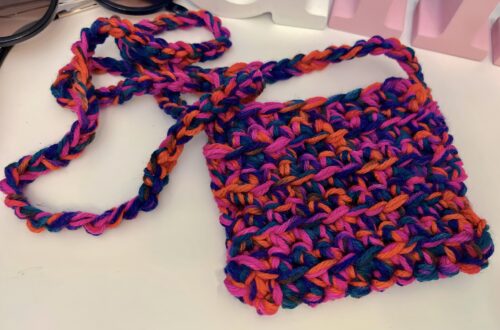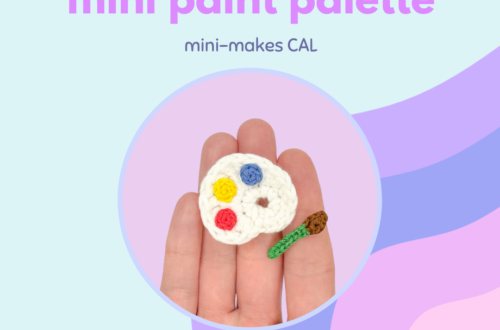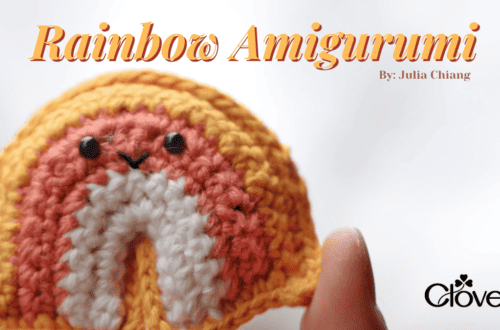Make A Punch Needle Embroidery Frame
Since discovering Punch Needle Embroidery, I’ve always been interested in how to utilize it in unconventional ways. Sure, you can easily create beautiful wall art with it as your medium, but I always love to incorporate my fiberarts into everyday objects around the house that hold other purposes as well. That’s where the idea of a photo frame came in! The beauty of Punch Needle Embroidery lies in it’s simplicity, it is a great dip into embroidery for the absolute beginner. When you mix it with a useful project that you can never have enough of, it’s a win-win.
Let’s get into it;
Supplies:
- Patchwork Scissors (Mini) – Art. No 493/CW
- Embroidery Stitching Tool (Punch Needle Embroidery Tool)- Art. No 8800
- Embroidery Hoop (L) 7” – Art. No 8812
- Thread Clipper – Art. No 415
- Heavy Duty Glue (E.g. E600)
- Gloves
- 16 Count Aida Fabric
- Heavy Weight Thread
- 4” by 6” Wooden Picture Frame

Sketch Pattern and Prepare Hoop:
To begin, separate frame from back and glass. All that should remain is your flat frame. Place Aida down flat, and set frame facedown on the Aida going along the grain of the fabric. Take a thin marker and trace along the inner and outer edges of the frame. Any markings will be covered by embroidery, and are not to be washed out. Remove the frame and draw your design on the space between inner and outer lines. I went with a checker print design with 1/4” squares. You may draw and embroider over the entire space, or only on two touching sides for added interest and texture. Place fabric in the embroidery hoop with as much of the design in workable space as possible. Tighten.



![]() Set Up The Tool:
Set Up The Tool:
Take your threading tool and pass through the embroidery tool from the needle to the base. Pass the thread through the threading tool and pull through the embroidery tool. Pass threading tool through the hole of the embroidery tool going towards the middle of the needle. Pass the thread through the threading tool and pass the threading tool through the hole. Start in the corner of the design. Place the needle atop the corner of the design and push all the way down until the base of the needle touches the fabric. Pull the end of the thread to the back of the work while the needle is all the way down.




Begin Filling First Section:
Slowly and carefully pull the needle up. Once the needle is out of the fabric, pass the needle into the Aida hole directly to the bottom or side while still keeping the needle against the fabric. Do not pull the needle more than 1/4” away from the fabric at any time, or stitches may be pulled out and excess thread at the back of the work may occur. Push the needle all the way into the fabric again and repeat the process all the way down the row you are working until you reach the end of the section. Move the needle over a row and start working in the opposite direction. Repeat this process until the entire section is filled.


Fill Other Sections:
Keeping the needle near the fabric, move to your next section in the same color. If no section in the same color is near, you may move to heading “Add New Color”. Test out moving in an up-down and side-to-side method to see which you prefer. You may also find that you need to do one or the other to get to the next section easily.



Continuing Filling and Fasten Off:
Continue filling in all sections of your chosen color within the hoop. Try to keep your stitch depth consistent. Check the back of your work, if you see sections that appear more shallow than others, go over those stitches once more. Be sure to fill every Aida hole in each section so as to not have the right side look patchy. When you have filled in all the sections in the hoop, snip the thread at the top of the embroidery tool and pull through the needle to the right side of the fabric. Be sure to pull through the needle hole as well. You may then remove the needle from the work.



Add New Color:
Repeat the process of setting up the embroidery tool with your new color. Begin beside where you first started your embroidery. Start filling up all spaces in your secondary color.
Fill in New Color and Trim:
Continue filling all spaces of the second color within the hoop. Once all spaces of the second color are filled, cut thread and pull through to the back of your work. If your design has more colors, continue working on other colors as the first two until the entire design within the hoop is filled. Remove fabric from the hoop. You may trim the front of the work at this point. Cut off all thread tails, and any loops that are overly long.




Move Hoop and Continue Filling:
Move the hoop to your next section of the design and continue as established. Fill the entire design, or fill only to the diagonal corner line on either edge to give added textural interest to your frame.





Cut Out Embroidery and Prepare:
Once all of your embroidery is completed, take off the hoop and turn to the right side of your work. Trim your work before moving on. Take your scissors and cut all the way around the pattern leaving 1/4” of raw Aida around the edge. Clip all corner points. Flip to the wrong side and fold over raw Aida. Press raw Aida gently down against embroidered fabric.




Gluing and Finishing:
If your frame needs to be painted, paint and let dry before gluing. Here I have painted my frame black to better match my design. Taking gloves and heavy-duty glue, apply a generous amount of glue to the backside of the fabric, coating the entire backside of the piece. Carefully flip over and place on the frame, gently pushing down to better adhere the design to the wood. Let cure up to 24 hours before adding glass and back piece onto frame.


We’ve completed our frame! now you can use yours to display all of your best pictures. If you make your own, be sure to tag clover and me in your posts on Instagram, we’d love to see how you decorate your frames!
Follow what Quayln is up to next on his Blog | Instagram | Facebook | Pinterest | YouTube | Ravelry
Stay connected with Clover on Facebook | Twitter | Instagram | Pinterest | YouTube | Ravelry









